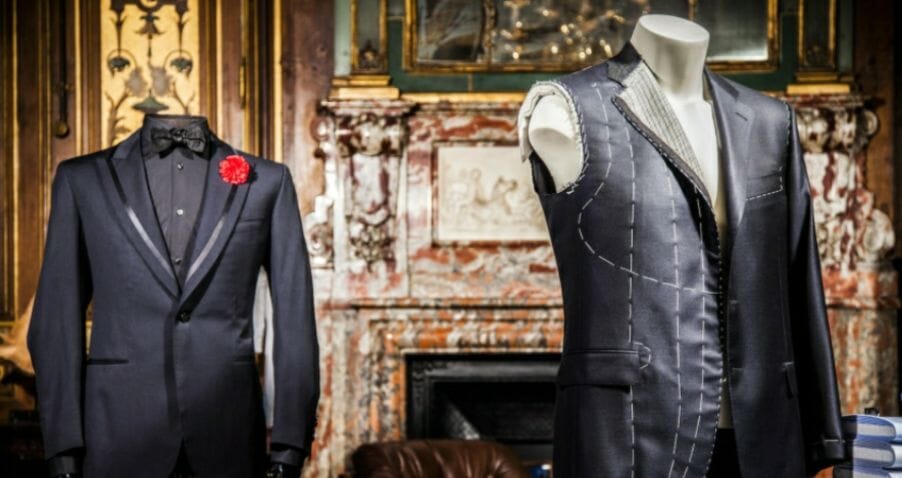15% OFF ALL TAPESTRIES THIS WEEKEND - ENDS MIDNIGHT SUNDAY* (*Excluding Oak Furniture)
Call our team 01865 741144 – Mon to Fri 8.30am to 4.30pm

Tapestries
To care for your tapestry is very simple. Every so often you may wish to use a hand-held vacuum attachment to go over the surface of your tapestry very lightly. This will remove any dust and dirt that has landed on the tapestry whilst hanging on the wall.
If you have a stain or more permanent mark present we would recommend speaking to a specialist textile cleaner. Please note that colours may run and the fabric may shrink and Hines of Oxford cannot accept any liability for any shrinkage or colour damage. We would recommend speaking to Behar Profex based in London for expert advice.
If your tapestry is creased or wrinkled from being in transit or storage for some time we recommend laying the tapestry on a flat surface for a few days to let the creases drop out where possible. If they still show after a while you can use a domestic iron. Make sure you have a tea-towel or press-cloth between the hot plate of the iron and the tapestry and only use gently with as little steam as possible. Excessive use of steam may cause the tapestry to shrink.

Cushions
Hines Cushions are woven from the same materials as our loomwoven tapestries and therefore the same instructions apply to your cushion covers as a tapestry wall hanging.

Oak Furniture
Hines Oak Furniture is made from natural wood and it doesn’t like extremes of heat and cold – it won’t thrive in air conditioned rooms or conservatories. Direct sunlight may fade the finish, and heat from radiators will dry your furniture out. Furniture can change colour with wear and tear and sunlight and if placed in extreme temperatures the wood may expand or shrink and is at risk of splitting too.
We recommend keeping your Oak furniture in moderate temperatures of around x and x humidity. If you own a piece that sits against a wall, such as a cabinet or dresser, we recommend leaving a gap of 25 - 30mm at the back to allow free circulation of air around the piece of furniture keeping the temperature stable and prolonging the life of your oak. And if you have wooden floors, place protective felt under your furniture’s feet – this protects both the furniture and floor.
When your furniture arrives it will be freshly waxed from our workshops or showroom. We recommend using bees wax which can be purchased here.
You’ll need to wax your furniture at least once a year (if used regularly as much as twice a year) to nourish the wood and form a lasting seal for your furniture. This may sound daunting, but it’s worth it, to help your furniture really last a lifetime. Waxing protects the grain, and makes the wood crack resistant, keeping any finish in the best condition. It’s a good idea to test the wax you’re going to use on a part of the furniture not in plain sight, like underneath the table, just to check you’re happy with the finish. If you’re happy, apply the wax to the rest of the piece in the same direction as the wood grain. Leave it for five minutes, then remove the wax by buffing, again following the direction of the grain. It’s a simple process that doesn’t take that long.

Pewterware
By comparison to other metals, pewter doesn't tarnish and the appearance and finish of our products remains unchanged over time without the need for regular polishing. Pewter requires very little attention to be kept in excellent condition.
Indeed, all that is needed is a careful dusting and periodic washing with lukewarm soapy water by hand. The pewter should then be dried with a soft cloth. If marks do appear, for example due to contact with fruit, we would recommend a polish with the kind of products more normally used to clean silver. Polishes vary depending on region but some well-known brand names include Argentil, Sidol and Duraglit. Pewter has a relatively low point of fusion and therefore should not be placed near heat sources. Dishwashers should not be used for washing our pewter products as it could affect the finish and colour.
Hines Pewterware is made from 95% tin and is EEC & USA food and beverage approved.


